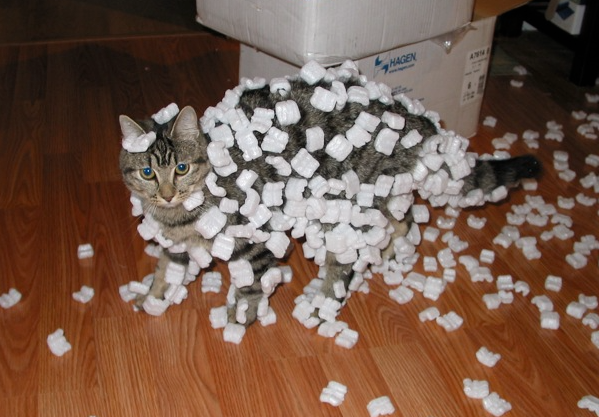A partnership of researchers from the Chinese Nanjing University and the Japanese University of Fukui developed a wearable, high-tech fabric capable of producing energy using body motion.
They published their findings in the peer-reviewed journal: Nano Energy.
Image Credit: Illus_man via Shutterstock / HDR tune by Universal-Sci
The team utilized a kind of contact electrification known as triboelectric charging. Triboelectric charging occurs when particular materials become electrically charged after they get detached from a different material they were in contact with previously.
In practice, triboelectricity is induced by rubbing the two materials together, which enhances the contact between their surfaces. It can happen when you run a come through your hair, for example.
This phenomenon is used by triboelectric nanogenerators (also known as TENGs) to transform mechanical motion into electrical energy. Because of their small size, TENGs can be wearable using the body's motion to power electronics.
A cat graciously demonstrating the concept of triboelectricity (The majority of static energy is triboelectricity) - The triboelectric effect generates an electrostatic charge to build upon the fur as a result of the cat's movement. - (Image Credit: Sean McGrath via Wikimedia Commons)
Clothing that can power electronics using body movement
The team has created an all-fibrous composite layer of triboelectric nanogenerators (dubbed EF-TENG) that can effortlessly incorporate into regular cloth.
EF-TENGs aren't an entirely new technology. However, conventional EF-TENGs have unpleasant qualities like poor breathability. In addition, they perform inadequately when it comes to output performance.
The researchers improved the concept using silver nanowires as electrodes and electrospun polystyrene nanofibers as a charge storage layer. The result is a breathable-antibacterial electrode and electrostatic induction enhancement layer that achieves better performance and improved breathability.
Typically, the charge buildup on the triboelectric surface is slowly lost or dissipated, diminishing the output performance and the nanogenerator's surface charge density. With the improved concept, the research team was able to retain the surface charge density with help from the added polystyrene membrane.
The triboelectric layers gain charge as a result of the mechanical motion of the body (when walking or running, for example). This process converts mechanical energy into electrical energy, which can then be utilized to charge electronic equipment.
Made of electrospun polyvinylidene fluoride/nylon, silver nanowires, and polystyrene the all-fibrous composite nanogenerator can be effortlessly incorporated into regular clothing enabling it to charge small electronics via everyday motions. - (Credit: Nano Energy Vol. 90 Part A)
Further improvements
The team demonstrated the capabilities of their new high-tech textile by powering 126 LEDs. Nonetheless, the device still lacks sufficient output to charge devices that require more power.
Dr. Hiroaki Sakamoto, one of the authors of the paper published in Nano Energy, stated that their device shows great potential for harvesting static electricity from our clothes as it offers a flexible and breathable fabric.
Although the technology is currently only capable of charging LEDs and small devices such as calculators, it provides a stepping stone for more capable future technology.
If you are interested in more details about the innovative all-fibrous triboelectric nanogenerator, be sure to check out the paper listed below.
Sources and further reading:
If you enjoy our selection of content, consider subscribing to our newsletter - (Universal-Sci Weekly)
FEATURED ARTICLES:











